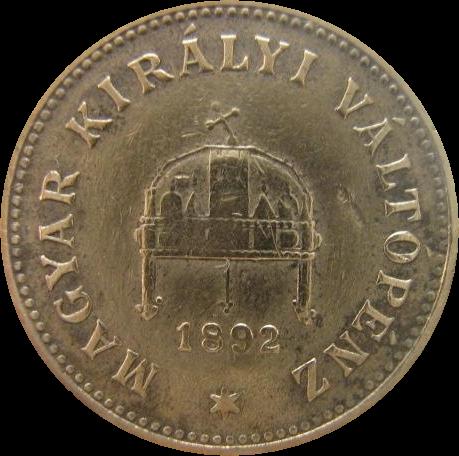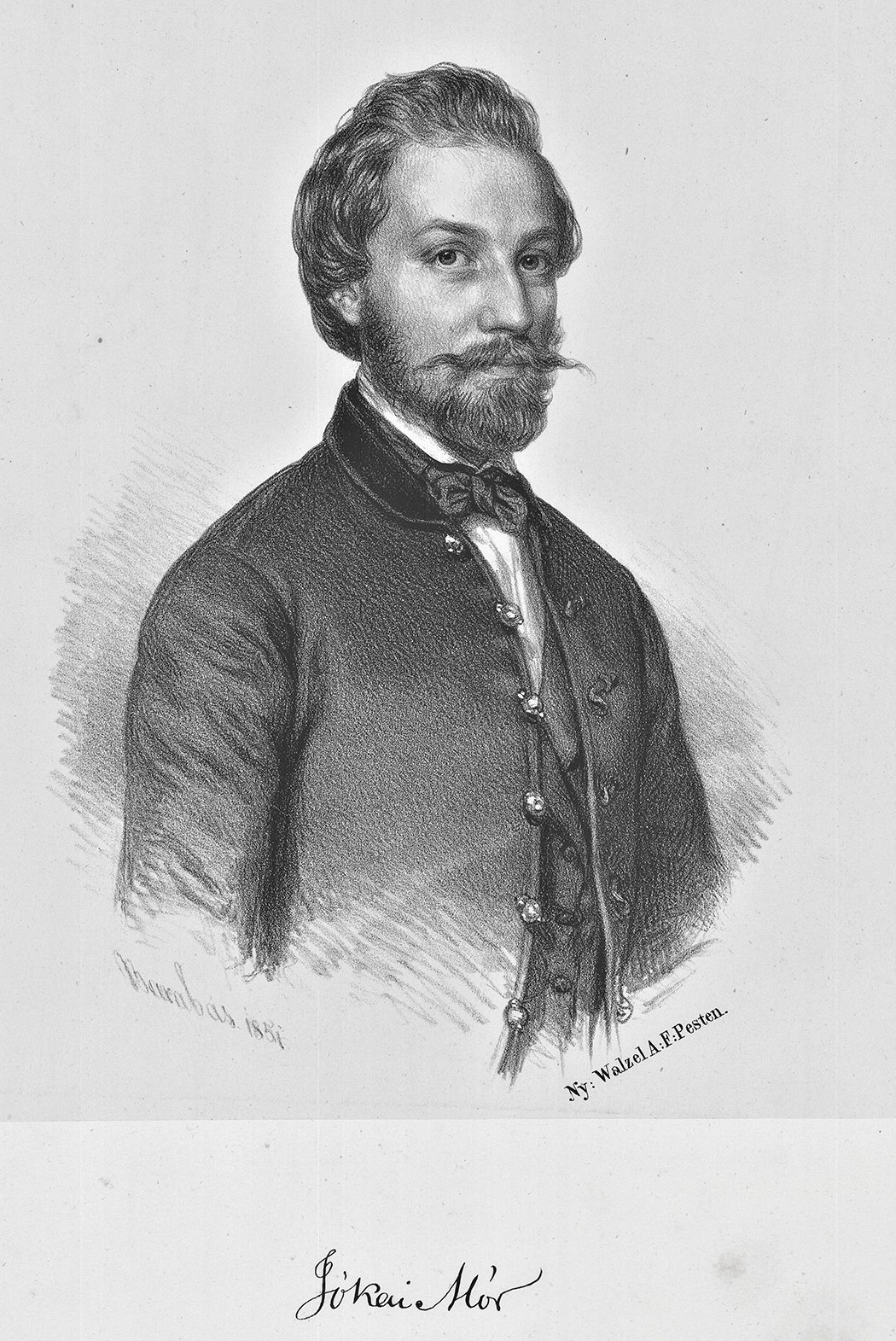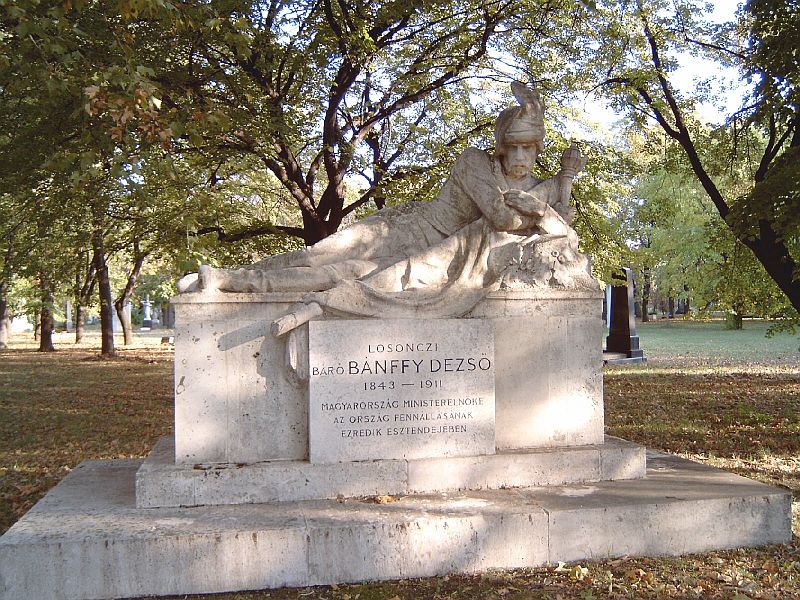|
Telefon Hírmondó
The Telefon Hírmondó (also Telefonhírmondó, generally translated as "Telephone Herald") was a "telephone newspaper" located in Budapest, Hungary, which, beginning in 1893, provided news and entertainment to subscribers over telephone lines. It was both the first and the longest surviving telephone newspaper system, although from late 1925 until its termination in 1944 it was primarily used to retransmit programmes broadcast by an affiliated radio station. Three decades before the development of radio broadcasting, the ''Telefon Hírmondó'' was the first service to electronically deliver a wide range of spoken and musical programming to a diverse audience. Although its inventor envisioned that the technology could be eventually expanded to serve a national or international audience, the technical limitations of the time ultimately limited its service area to just the city of Budapest. Establishment The ''Telefon Hírmondó'' was founded by Tivadar Puskás (a few reviews tran ... [...More Info...] [...Related Items...] OR: [Wikipedia] [Google] [Baidu] |
Tivadar Puskás
Tivadar Puskás de Ditró (in older English technical literature: Theodore Puskás) (17 September 1844 – 16 March 1893) was a Hungarian inventor, telephone pioneer, and inventor of the telephone exchange. He was also the founder of Telefon Hírmondó. Biography The Puskás family from Ditró (today Harghita County of Romania), was part of the Transylvanian Hungarian nobility. Puskás studied law and later engineering sciences. After living in England and working for the Warnin Railway Construction Company he returned to Hungary. In 1873, on the occasion of the World Exhibition in Vienna, he founded the Puskás Travel Agency, the fourth-oldest in the world and the first travel agency in Central Europe. After this, Puskás moved to Colorado and became a gold miner. It was while he was in America that Puskás exposed the American "energy machine" inventor Keely as a fraud. Puskás was working on his idea for a telegraph exchange when Alexander Graham Bell invented ... [...More Info...] [...Related Items...] OR: [Wikipedia] [Google] [Baidu] |
Lithography
Lithography () is a planographic method of printing originally based on the immiscibility of oil and water. The printing is from a stone (lithographic limestone) or a metal plate with a smooth surface. It was invented in 1796 by the German author and actor Alois Senefelder and was initially used mostly for musical scores and maps.Meggs, Philip B. A History of Graphic Design. (1998) John Wiley & Sons, Inc. p 146 Carter, Rob, Ben Day, Philip Meggs. Typographic Design: Form and Communication, Third Edition. (2002) John Wiley & Sons, Inc. p 11 Lithography can be used to print text or images onto paper or other suitable material. A lithograph is something printed by lithography, but this term is only used for fine art prints and some other, mostly older, types of printed matter, not for those made by modern commercial lithography. Originally, the image to be printed was drawn with a greasy substance, such as oil, fat, or wax onto the surface of a smooth and flat limestone pla ... [...More Info...] [...Related Items...] OR: [Wikipedia] [Google] [Baidu] |
New York Herald
The ''New York Herald'' was a large-distribution newspaper based in New York City that existed between 1835 and 1924. At that point it was acquired by its smaller rival the '' New-York Tribune'' to form the '' New York Herald Tribune''. History The first issue of the paper was published by James Gordon Bennett Sr., on May 6, 1835. The ''Herald'' distinguished itself from the partisan papers of the day by the policy that it published in its first issue: "We shall support no party—be the agent of no faction or coterie, and we care nothing for any election, or any candidate from president down to constable." Bennett pioneered the "extra" edition during the ''Heralds sensational coverage of the Robinson–Jewett murder case. By 1845, it was the most popular and profitable daily newspaper in the United States. In 1861, it circulated 84,000 copies and called itself "the most largely circulated journal in the world." Bennett stated that the function of a newspaper "is not to ... [...More Info...] [...Related Items...] OR: [Wikipedia] [Google] [Baidu] |
World War I
World War I (28 July 1914 11 November 1918), often abbreviated as WWI, was one of the deadliest global conflicts in history. Belligerents included much of Europe, the Russian Empire, the United States, and the Ottoman Empire, with fighting occurring throughout Europe, the Middle East, Africa, the Pacific, and parts of Asia. An estimated 9 million soldiers were killed in combat, plus another 23 million wounded, while 5 million civilians died as a result of military action, hunger, and disease. Millions more died in genocides within the Ottoman Empire and in the 1918 influenza pandemic, which was exacerbated by the movement of combatants during the war. Prior to 1914, the European great powers were divided between the Triple Entente (comprising France, Russia, and Britain) and the Triple Alliance (containing Germany, Austria-Hungary, and Italy). Tensions in the Balkans came to a head on 28 June 1914, following the assassination of Archduke Franz Ferdi ... [...More Info...] [...Related Items...] OR: [Wikipedia] [Google] [Baidu] |
Rome, Italy
, established_title = Founded , established_date = 753 BC , founder = King Romulus ( legendary) , image_map = Map of comune of Rome (metropolitan city of Capital Rome, region Lazio, Italy).svg , map_caption = The territory of the ''comune'' (''Roma Capitale'', in red) inside the Metropolitan City of Rome (''Città Metropolitana di Roma'', in yellow). The white spot in the centre is Vatican City. , pushpin_map = Italy#Europe , pushpin_map_caption = Location within Italy##Location within Europe , pushpin_relief = yes , coordinates = , coor_pinpoint = , subdivision_type = Country , subdivision_name = Italy , subdivision_type2 = Region , subdivision_name2 = Lazio , subdivision_type3 = Metropolitan city , subdivision_name3 = Rome Capital , government_footnotes= , government_type = Strong Mayor–Council , leader_title2 = Legislature , leader_name2 = Capitoline Assem ... [...More Info...] [...Related Items...] OR: [Wikipedia] [Google] [Baidu] |
Araldo Telefonico
Araldo Telefonico ("Telephone Herald" in English) was the name used for a group of telephone newspaper systems located in Italy, which provided news and entertainment programming over telephone lines to subscribing homes and businesses. Beginning with the capital city of Rome in 1910, this was the most widely implemented of the various telephone newspaper operations, however, in the early 1920s, the systems were merged with, and eventually superseded by, the development of radio broadcasting. History The ''Araldo Telefonico'' employed technology licensed from the operators of the ''Telefon Hírmondó'', which had debuted as a telephone newspaper in Budapest, Hungary in 1893. Beginning in 1906, Luigi Ranieri, an Italian engineer who represented the Construction Mécaniques Escher Wyss and Company of Zurich, Switzerland, applied for permission to install systems in Rome, Milan, and Naples. In August 1909 the Italian government authorized operations in Rome,"Radio before Radio: Araldo ... [...More Info...] [...Related Items...] OR: [Wikipedia] [Google] [Baidu] |
World War II
World War II or the Second World War, often abbreviated as WWII or WW2, was a world war that lasted from 1939 to 1945. It involved the vast majority of the world's countries—including all of the great powers—forming two opposing military alliances: the Allies and the Axis powers. World War II was a total war that directly involved more than 100 million personnel from more than 30 countries. The major participants in the war threw their entire economic, industrial, and scientific capabilities behind the war effort, blurring the distinction between civilian and military resources. Aircraft played a major role in the conflict, enabling the strategic bombing of population centres and deploying the only two nuclear weapons ever used in war. World War II was by far the deadliest conflict in human history; it resulted in 70 to 85 million fatalities, mostly among civilians. Tens of millions died due to genocides (including the Holocaust), starvation, massa ... [...More Info...] [...Related Items...] OR: [Wikipedia] [Google] [Baidu] |
Fillér
''Fillér'' () was the name of various small-denomination coins throughout Hungarian history. It was the subdivision of the Austro-Hungarian and the Hungarian korona, the pengő and the forint. The name derives from the German word (four). Originally it was the name of the four-kreuzer coin. Due to significant inflation that took place after the fall of communism, fillér coins are no longer in circulation. The last fillér coin, worth 50 fillér (0.5 forint) was removed from circulation in 1999. However, it continues to be used in calculations, for example in the price of petrol (e.g. 479.9 forint/litre), or in the prices of telephone calls. See also * Coins of the Austro-Hungarian krone * Coins of the Hungarian pengő * Coins of the Hungarian forint Hungarian forint coins ( hu, forint érmék) are part of the physical form of current Hungarian currency, the Hungarian forint. Modern forint coins (this name is used to distinguish them from pre-20th century forint coina ... [...More Info...] [...Related Items...] OR: [Wikipedia] [Google] [Baidu] |
Austro-Hungarian Krone
The crown (german: Krone, hu, korona, it, Corona, pl, korona, sl, krona, sh, kruna, cz, koruna, sk, koruna, ro, coroană) was the official currency of Austria-Hungary from 1892 (when it replaced the florin as part of the adoption of the gold standard) until the dissolution of the empire in 1918. The subunit was one hundredth of the main unit, and was called a in German and a in Hungarian. Name The official name of the currency was (, pl. ) in Austria and in Hungary. The Latin form (plural ), abbreviated to on the smaller coins, was used for the coinage of the mostly German-speaking part of the empire known as Cisleithania. Currency names in other ethnic languages were also recognised and appeared on the banknotes: (pl. ) in Czech, (pl. ) in Polish, , (pl. , ) in Ukrainian, (pl. ) in Italian, (pl. ) in Slovene, (pl. ) in Croatian, , (singular and plural) in Serbian, (pl. ) in Slovak, and (pl. ) in Romanian. These terms all translate to the ... [...More Info...] [...Related Items...] OR: [Wikipedia] [Google] [Baidu] |
Mayor Of Budapest
The Mayor of Budapest ( hu, Budapest főpolgármestere) is the head of the General Assembly in Budapest, Hungary, elected directly for 5-year term since 2014 (previously municipal elections were held quadrennially). Until 1994 the mayor was elected by the General Assembly. The office was called Chairman of the Council of Budapest ( hu, Budapest tanácselnöke) between 1950 and 1990, during the Communist period. Since 1990, the position is domestically known as Lord Mayor ( hu, főpolgármester) to distinguish the office from that of the mayors that lead each of Budapest's 23 districts. Between 1873 and 1945, the Lord Mayor of Budapest was representative of the Hungarian government as head of the capital's municipal authority, similarly to the Lord-Lieutenants of Counties. History Austria-Hungary The newly elected 400-member General Assembly of Budapest held its inaugural session on 25 October 1873, as a major step in the unification process of Buda and Óbuda on the west ban ... [...More Info...] [...Related Items...] OR: [Wikipedia] [Google] [Baidu] |
Mór Jókai
Móric Jókay de Ásva (, known as ''Mór Jókai''; 18 February 1825 – 5 May 1904), outside Hungary also known as Maurus Jokai or Mauritius Jókai, was a Hungarian nobleman, novelist, dramatist and revolutionary. He was an active participant and a leading personality in the outbreak of Hungarian Liberal Revolution of 1848 in Pest. Jókai's romantic novels became very popular among the elite of Victorian-era England; he was often compared to Dickens in the 19th-century British press. One of his most famous fans and admirers was Queen Victoria herself. Early life He was born in Komárom, in the Kingdom of Hungary (present-day Komárno in Slovakia). His father, József Jókai de Ásva (1781–1837), was a member of the Ásva branch of the ancient Jókay noble family; his mother was noblewoman Mária Pulay (1790–1856). As a boy, he was timid and delicate, and was therefore educated at home until the age of ten, at which time he was sent to Pozsony (today: Bratislava in Slovak ... [...More Info...] [...Related Items...] OR: [Wikipedia] [Google] [Baidu] |
Dezső Bánffy
Baron Dezső Bánffy de Losonc (28 October 184324 May 1911) was a Hungarian politician who served as Prime Minister of Hungary from 1895 to 1899. Biography The son of Baron Dániel Bánffy and Anna Gyárfás, Dezső Bánffy was born in Kolozsvár, Hungary (now Cluj-Napoca, Romania) on 28 October 1843, and educated at the Berlin and Leipzig universities. As lord lieutenant of the county of Belső-Szolnok, chief captain of Kővár and curator of the Reformed Church of Transylvania, Bánffy exercised considerable political influence outside parliament from 1875 onwards, but his public career may be said to have begun in 1892, when he became speaker of the house of deputies. As speaker he continued, however, to be a party-man (he had always been a member of the left-centre or government party) and materially assisted the government by his rulings. He was a stringent adversary of the radicals, and caused some sensation by absenting himself from the capital on the occasion of ... [...More Info...] [...Related Items...] OR: [Wikipedia] [Google] [Baidu] |

.jpg)






